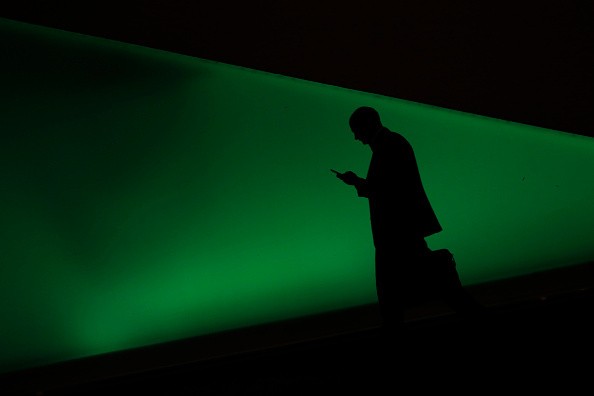Smartphone cameras in the near future could start to feature a three-dimensional or 3D system, bringing various advanced functionalities to next-generation mobile devices.

Smartphone Cameras and Cheaper 3D Imaging System
The new potential 3D system is not exclusively for photography enthusiasts alone. It could also help bring more health tracking features to smartphones moving forward.
These days, smartphones have transformed into all sorts of things. Mobile devices now take photos and do heavy tasks like high-graphics gaming.
Not to mention that flagship devices nowadays come with advanced functionalities like light detection and ranging or shortly known as lidar.
As per a news story by Digital Trends, the lidar feature gives smartphone cameras the ability to measure how far an object or person is from it.
On top of that, it knows how fast someone or a thing is traveling as well. Besides that, lidar could also figure out if something is getting closed or farther away from it.

It is worth noting that the higher-end flagship smartphones of Apple, namely the iPhone 13 Pro and the iPhone Pro Max, already flaunt a lidar sensor, according to a recent report by Phone Arena. It allows these mobile devices to take better photos in low-light conditions.
Read Also : Apple iPhone 14 Pro Camera: Not a Larger MP, But Bigger Sensor for its 48-Megapixel Lens
New 3D Smartphone Tech
But this time around, researchers from Stanford University are developing a new camera technology, which should be a cheaper approach than the specialized lidar feature on current smartphone offerings.
Instead of needing a specialized lidar sensor, Stanford researchers are attempting to introduce a new approach to the 3D technology by simply using a standard image camera sensor.
The researchers are proposing a cheaper solution that would allow the typical camera sensors found on new phones to also see light in 3D-similar to how the expensive lidar tech does.
One of the doctoral candidates in electrical engineering at Stanford University, Okan Atalar, said in an interview with Digital Trends that the "existing 3D cameras need specialized pixels."
The Stanford researcher said that, in turn, the current 3D camera tech "has smaller fill factors due to the complex electronics required to capture 3D in the pixels."
However, Atalar explained that they are proposing a novel approach that should convert the current 2D camera sensors, which are already highly advanced, to become a 3D counterpart.
As such, it would be a cheaper approach to a 3D camera system as it would no longer require building it from scratch.
This article is owned by Tech Times
Written by Teejay Boris
ⓒ 2025 TECHTIMES.com All rights reserved. Do not reproduce without permission.




